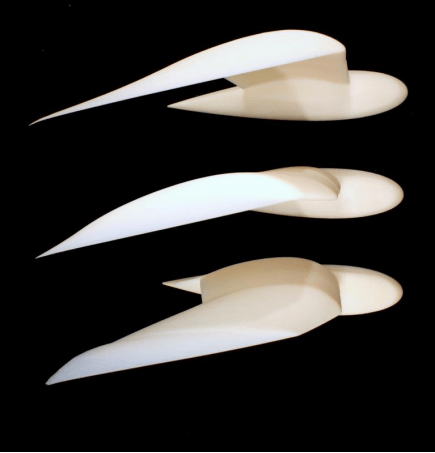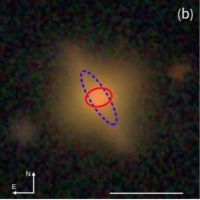Aerospace engineer Christina Harvey said: “Birds are prone to challenging maneuvers and they are very adaptable, such as the very common seagull, which is like a top glider. We are looking forward to the birds Class flight will contribute to the improvement of future aircraft.”
Harvey and colleagues analyzed the flight dynamics involved in the flight of 22 species of birds. Previous studies tended to focus on aerodynamics, how air moves around birds; Harvey combined aerodynamics with modeling to describe the inertial properties of bird flight at multiple levels, including the center of gravity and neutral point Wait.

(Image credit: Christina Harvey)
Pictured above are the gull wings of the three wind tunnel models. Harvey’s team recorded the quality of the gulls’ flight and how quickly they recovered from disturbances such as wind gusts. They found that gulls can adjust their response to disturbances by adjusting their wrist and elbow joints and changing the shape of their wings, among other things. By studying bird reaction times, it is also possible to gain insight into the “controllable range” of birds and the application of bird flight dynamics to aircraft.
As drones become more widely used, they need to be able to navigate complex urban environments, and birds do this well. Harvey hopes to collaborate with researchers at other institutions to conduct more in-depth research. “There are still many unanswered questions about bird flight, and I look forward to seeing new discoveries.” This is Harvey’s wish and the direction of our scientific efforts.



GIPHY App Key not set. Please check settings